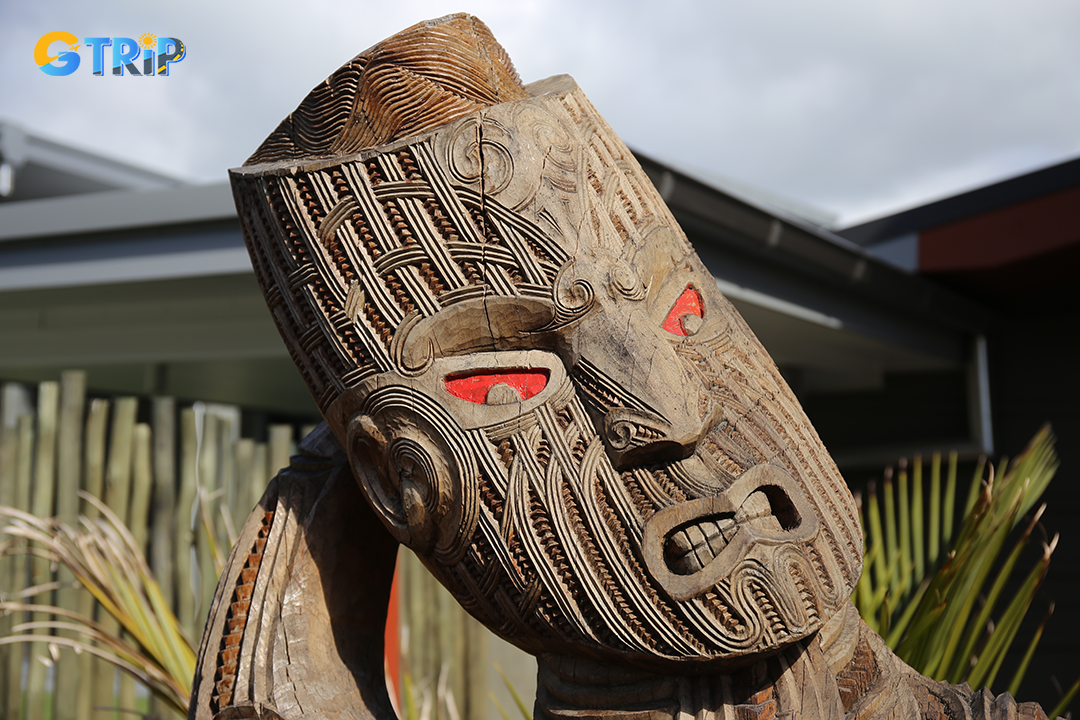Aug - 09 - 2023
As a country famous for its beautiful nature, New Zealand's history is also attracted by its 1,000-year history of colorful and dramatic human settlement, mainly the relationship between the Maori and Europeans. Discover this beautiful country right here; you will definitely want to visit it!
The find and the myths
Despite being a relatively young country, New Zealand has a rich and fascinating history that reflects its Maori and European heritage. Wonderful historical sites of the Maori and tanga (treasures), some dating back almost a thousand years. When walking around any city in New Zealand today, we will find this country culturally diverse and fascinating.
Going back to the history of formation, according to Maori documents, the first explorer to come to New Zealand was Kupe. Using the stars and ocean currents as his navigational guides, he ventured across the Pacific Ocean in a waka hourua (travel boat) from his Polynesian ancestral homeland of Hawaiki. It is thought that Kupe made landfall at Hokianga Harbor in the Northland about 1,000 years ago.

Mauri Mask in New Zealand
The Maori are adept hunters and fishermen, and as most are coastal inhabitants, fishing is extremely important to them. This also plays a part in their mythology: the god Maui is said to have 'fished' the North Island. The Maori weave fishing nets from harakeke (linen) and fishing hooks from bone and stone. The Maori consider whales kaitiaki (guardians) and use their meat as food and their hard, strong bones as weapons. A very interesting Maori tradition that still exists today is to return the first fish they catch. This is also a way to thank Tangaroa, the god of the sea, for his reward to the inhabitants.
The Moriori: Rise and Fall
While the Maori live throughout the Northern and Southern Islands, the Moriori, another Polynesian tribe, live on the Chatham Islands, nearly 900 kilometers east of Christchurch. Researchers rely on remains to prove that the Moriori people are thought to have migrated to the Chathams from the South Island of New Zealand. At the end of the 18th century, there were about 2,000 gentle Moriori living on the Chathams. However, disease and attacks from the Maori had severely depleted the numbers of this peace-loving tribe. The last pure-blooded Moriori are believed to have died in 1933, marking the end of the species.
The process of becoming a colony
The first European to see New Zealand was a Dutch explorer named Abel Tasman. He is on an expedition to discover a great Southern continent that is said to be extremely rich in minerals. In 1642, while searching for the continent, Tasman saw a 'large expanse of high land' off the West Coast of the South Island.
In 1769, Captain James Cook sighted New Zealand, successfully circumnavigated it, and then mapped the country. The early settlers were mainly whalers, seal hunters, and missionaries to New Zealand. These people are significantly related to the Maori, especially in the coastal regions. The Maori and Pakeha (Europeans) traded widely, and some Europeans lived among the Maori as a population.

Cityscape of Auckland, New Zealand
With an increasing number of British emigrants, combined with a dwindling and largely landless Maori population, British culture dominated New Zealand life throughout the 19th and second centuries. beginning of the 20th century. However, since World War II, New Zealand has united its unique national identity and place on the world map.
Treaty of Waitangi and Formation of Government
In 1840, the Treaty of Waitangi was signed, an agreement between Great Britain and the Maori. It established British law in New Zealand while ensuring Maori power over their land and culture. The Treaty is also considered the founding document of New Zealand. The Treaty of Waitangi was signed on February 6, 1840, at Waitangi in the Bay of Islands. Forty-three Northland chiefs and more than 500 Maori chiefs signed the treaty that day, which was carried around the country for eight months.
In 1975, the government established the Waitangi Court. This court was established to honor the treaty as a living and relevant document. Since then, the Waitangi Court has ruled on a number of claims made by the Māori iwi (tribes). Compensation, often in the form of financial and land payments, was granted. Over the past ten years, several particularly large settlements have been made between the Government and the major iwi, including the Tainui of Waikato and Ngai Tahu of the South Island. Much of the compensation was invested in providing educational and medical services to members of the tribe.

New Zealand declared independence in 1947
The residents of "home Kiwi" are extremely proud of their culture and history, so to make your trip to New Zealand complete, you should also understand and show interest in New Zealand history stories. This is truly a wonderful land.


